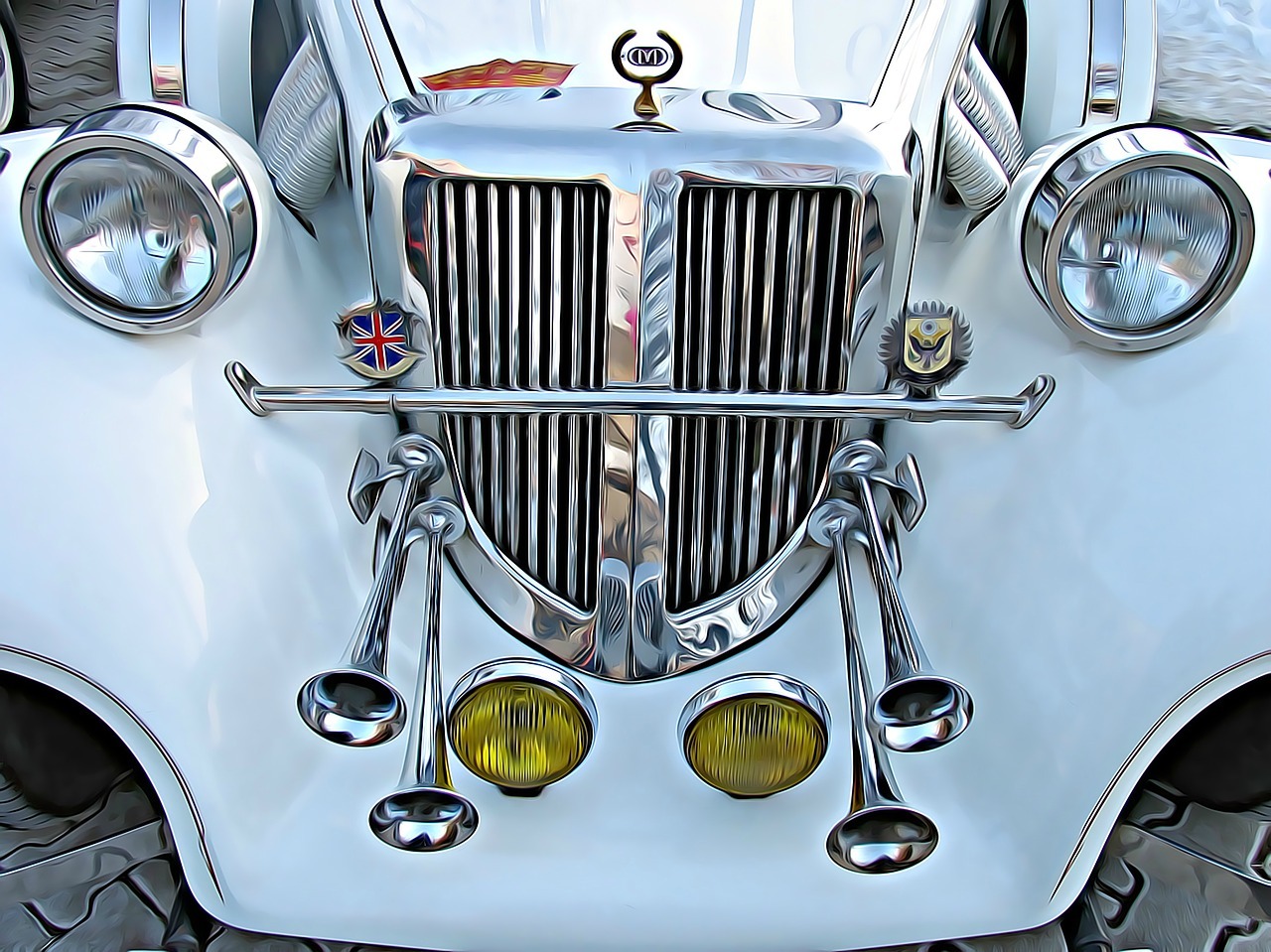You’ve been in this situation before, driving your car down the road when a car comes out of nowhere and quickly and abrasively cuts you off. And no matter how hard you blow your horn, the driver never even apologizes.
Then further down the road, the same driver tries to cut off another car; this car, however, is not taking it. The car blows its horn, but what you hear is a loud and gigantic sound echoing. The driver at fault quickly gets back into their lane and apologizes with a horrified demeanor. That’s when you probably think to yourself, I need one of these horns! Here is how to own the road by installing your very own train horn.
How to Install
A train horn is a very powerful instrument indeed. You need to do your homework and ensure all the preparations are ready beforehand. This will include where to install the horn, making sure you have the correct wires, and making sure that the wire is as short as it can possibly be, since this will maximize the horn’s efficiency.
Air horns work by sending compressed air through the supply line, which then travels into a power chamber. It is then channeled through a diaphragm and into a horn bell. The train horn advisors over at https://www.trainhorns.us explain that the horn can be powered by compressed air from the brakes as well. They usually hold 150 decibels in volume, which is very loud. Here is how to install your train horn.
1. Locate the Area of Installation
Start off by specifying the exact place of the horn placement. This will typically be somewhere under the car’s hood or bonnet as some people call it. Subsequently, you will begin to drill holes in that area which will be used to mount this device of destruction. Make sure everything fits, and make sure you have the correct hardware.
2. Air Compressor
Kick things off by disconnecting the battery cable from your car or vehicle of choice. This is a safety precaution that must not be overlooked. Next off is placing the air compressor in an area which will secure its position. That will usually be somewhere near the vehicle’s tank and you must make sure to seal it by using Teflon tape.
3. Take a Look at Your Air Tank
Then get an air tank and look to place it near the windows, though not too close. Also, try keeping it out of areas that have enough air as it is.
4. Install Some Tubing
Look to measure all the tubes that will go in before cutting them or fitting them. It is advised that you leave 1 inch extra per each air line, just to be safe. After you have installed the tube, make sure that there are no obscurities and that there is nothing wrong with it.
5. Bring it All Together
Connect all the pieces together and seal anything that might need sealing by using a Teflon tape. That will include connecting the air compressor to the air tank, then to the pressure switch, and of course the air tank to the air valve, and finally to the horn.
It is usually best that you get a professional to install a train horn for you, or at least oversee the operation. However, if you are a DIY kind of person, you may as well just do it yourself. Make sure to get your horn regularly checked after you install it. Now, just enjoy the power of 15 decibels and driving on the road.

